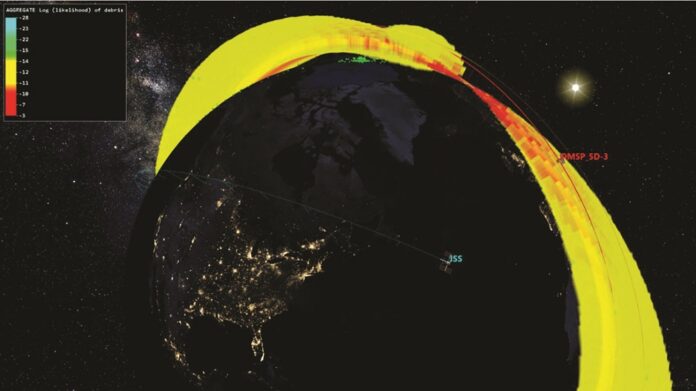A fresh approach is needed to tackle the ongoing skepticism about space arms control treaties, a recent study suggests.
The new report from the Aerospace Corporation’s Center for Space Policy and Strategy delves into the challenge of verifying compliance with space arms agreements, which has been complicated by the dual-use nature of many space technologies. Monitoring what counts as a “space weapon” remains difficult.
Michael Gleason, an analyst at Aerospace, writes, “Many U.S. policymakers are deeply skeptical that a space arms control agreement can be effectively verified,” but he argues that political and strategic reasons have often been the real barriers, not verification issues.
I think people often overlook how technology can change the game in unexpected ways.
Gleason believes recent tech advancements have improved the U.S. and its allies’ ability to track space activities, making verification more doable than before. He suggests using new space situational awareness tools and combining data from commercial and academic sources with government monitoring systems to build trust and improve verification reliability.
Sharing information
To further boost verification, Gleason recommends better sharing of space activity data among countries. He notes that while there’s room for tech improvements, the U.S. has made significant strides in distinguishing between different types of space activities, potentially easing verification worries.
This report comes amid rising concerns about space militarization and anti-satellite weapons. Although the 1967 Outer Space Treaty bans weapons of mass destruction in orbit, it doesn’t fully prohibit other disruptive space-based systems. Previous attempts at broader space arms control have failed mainly because of verification problems.
